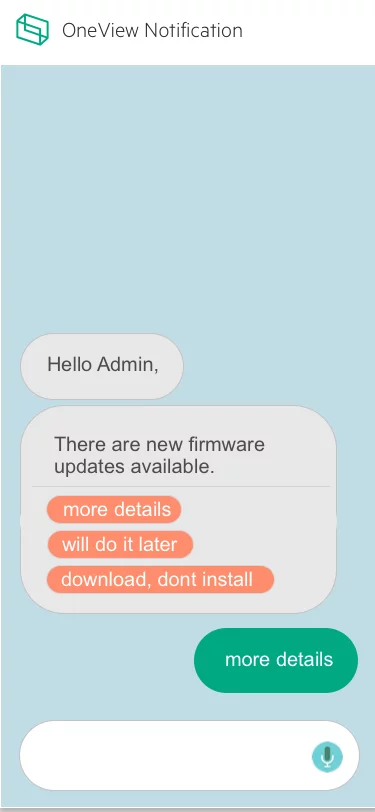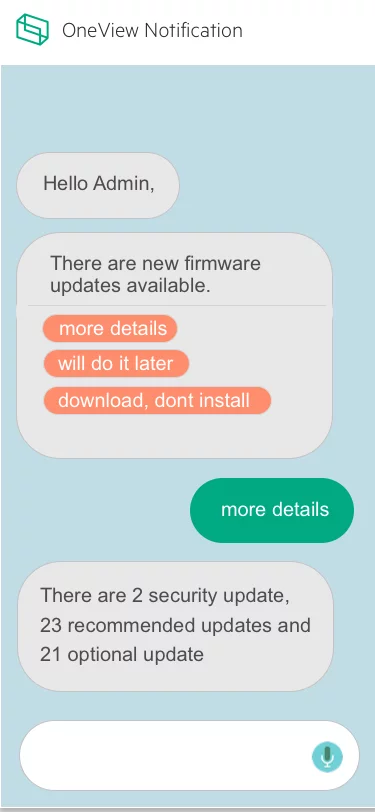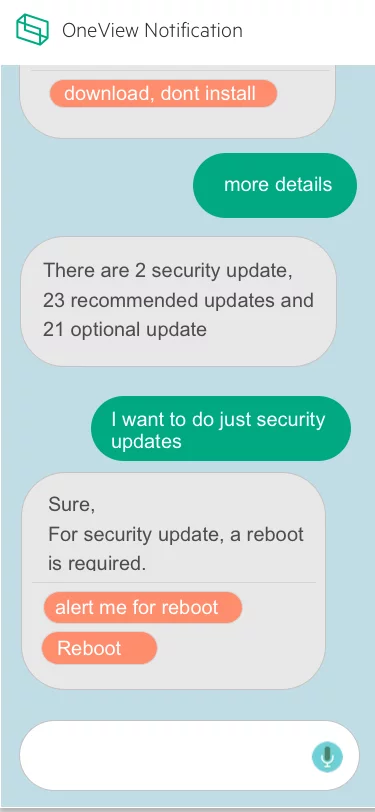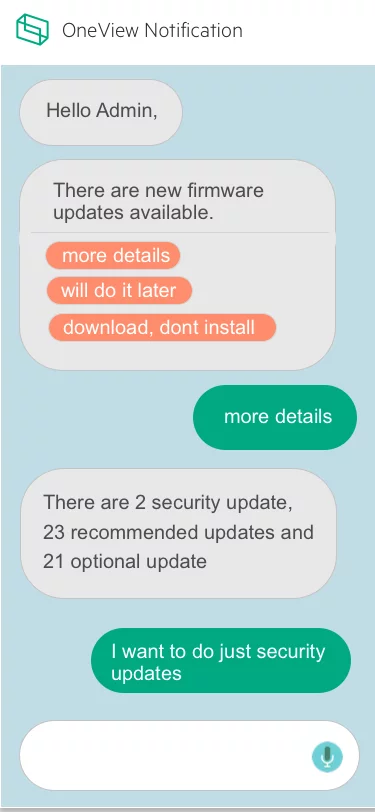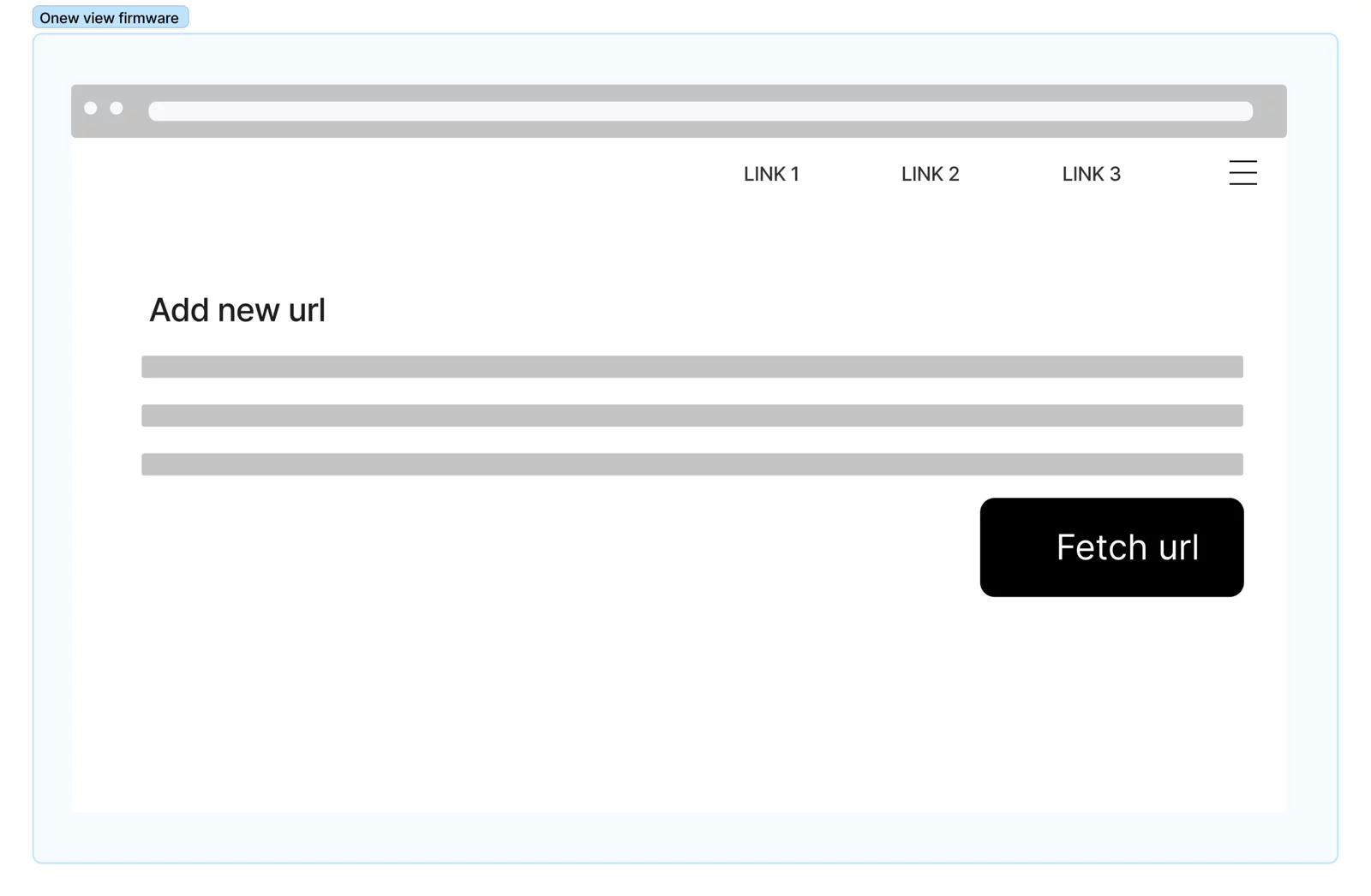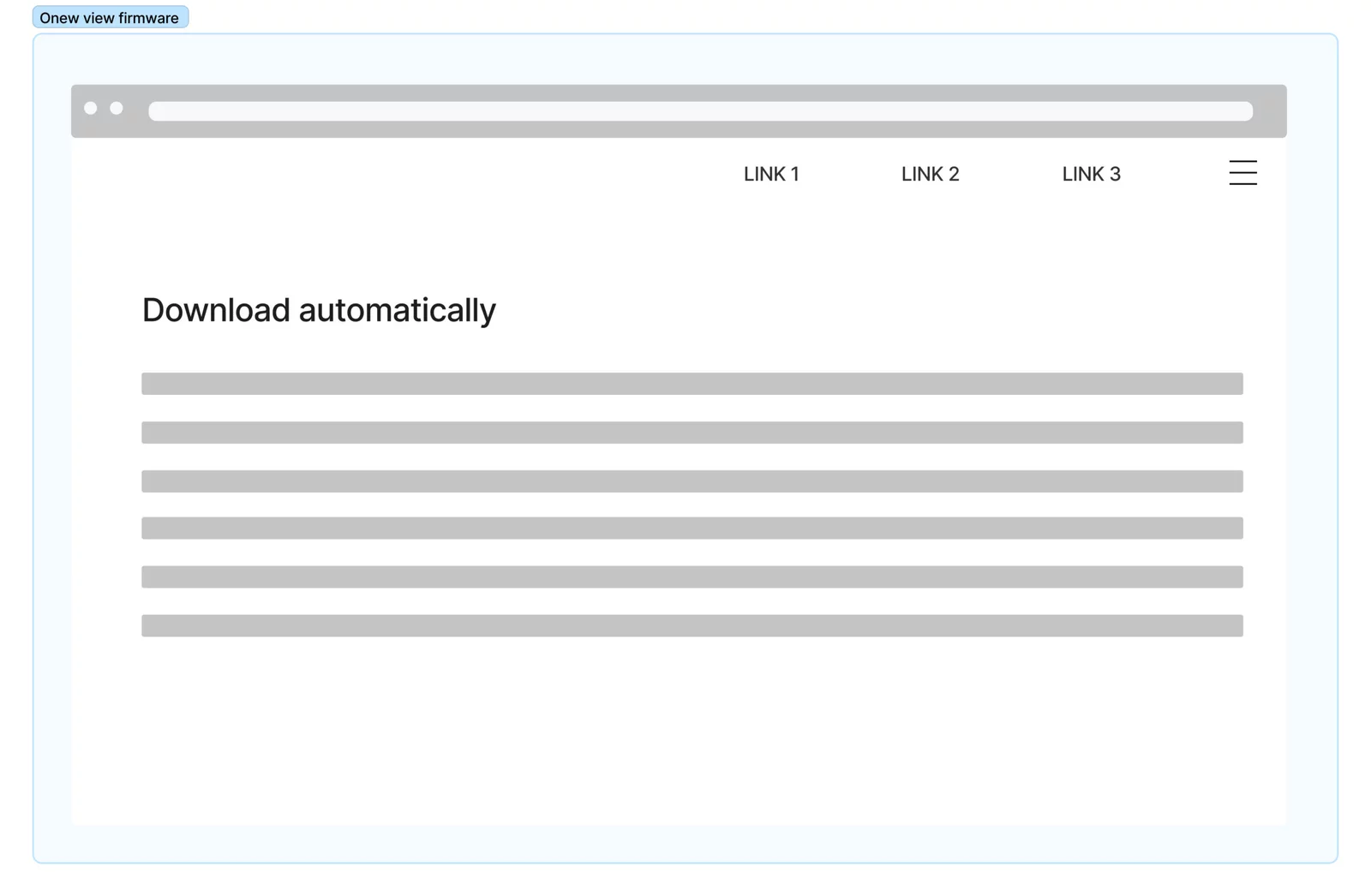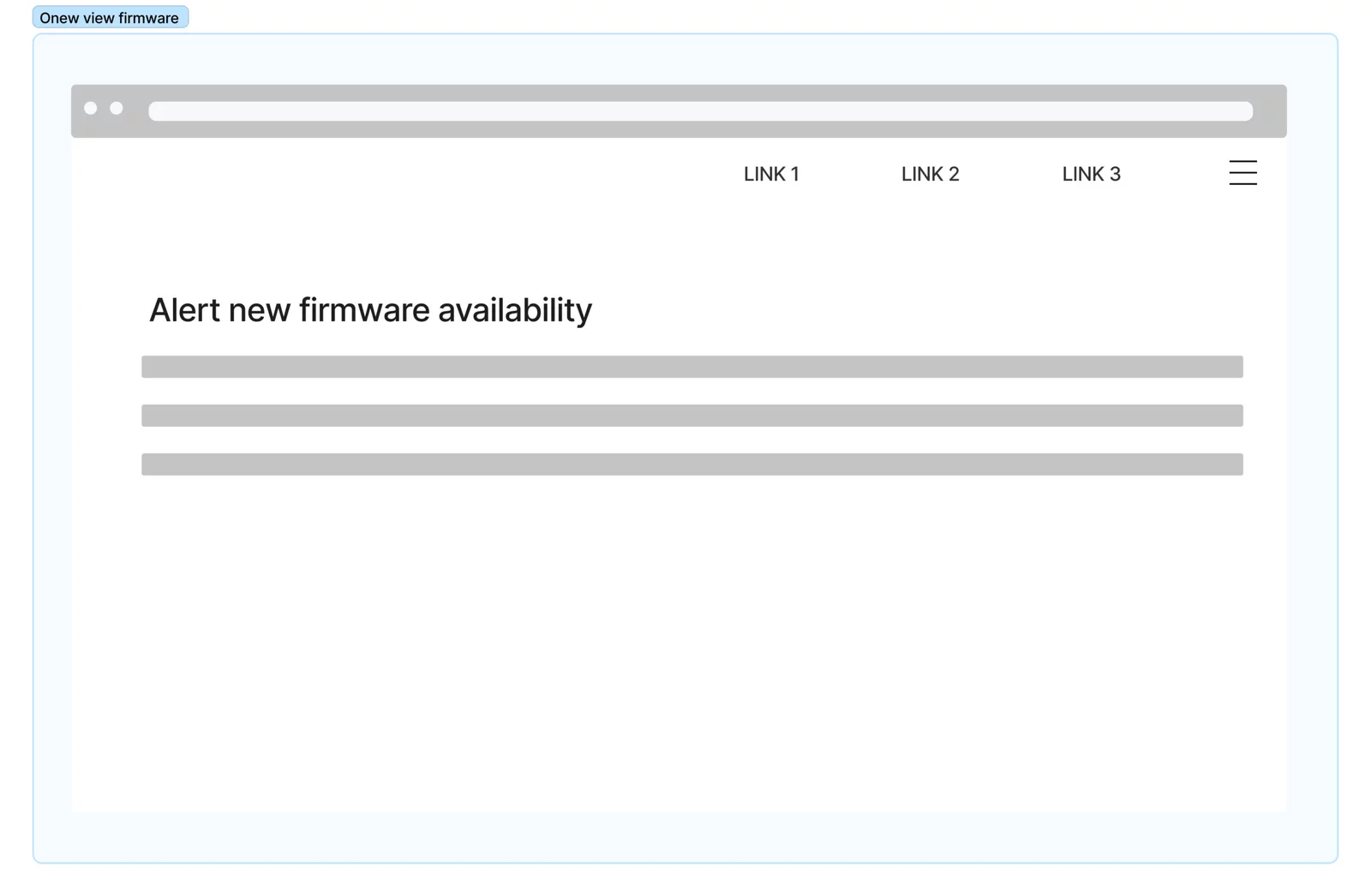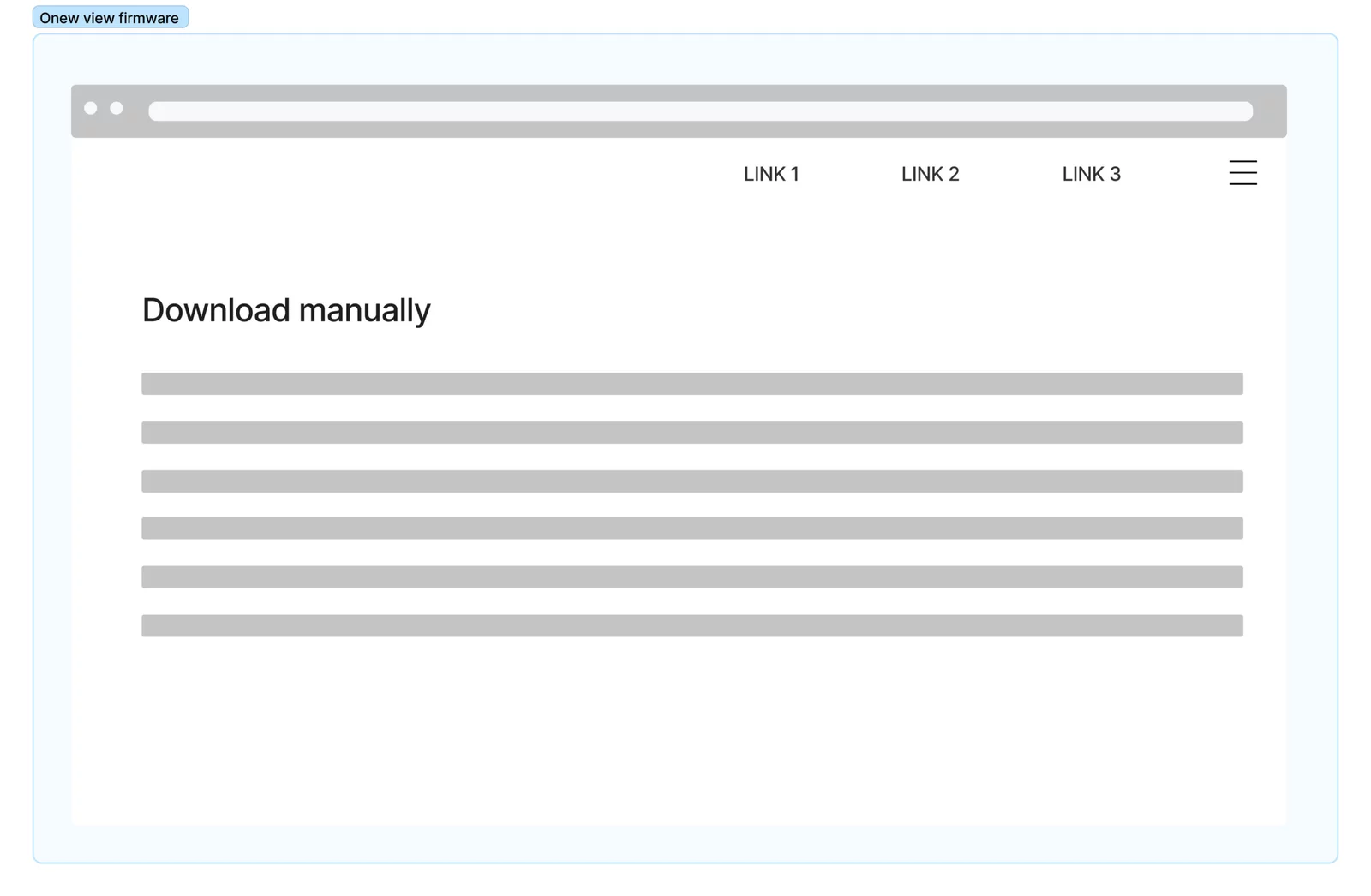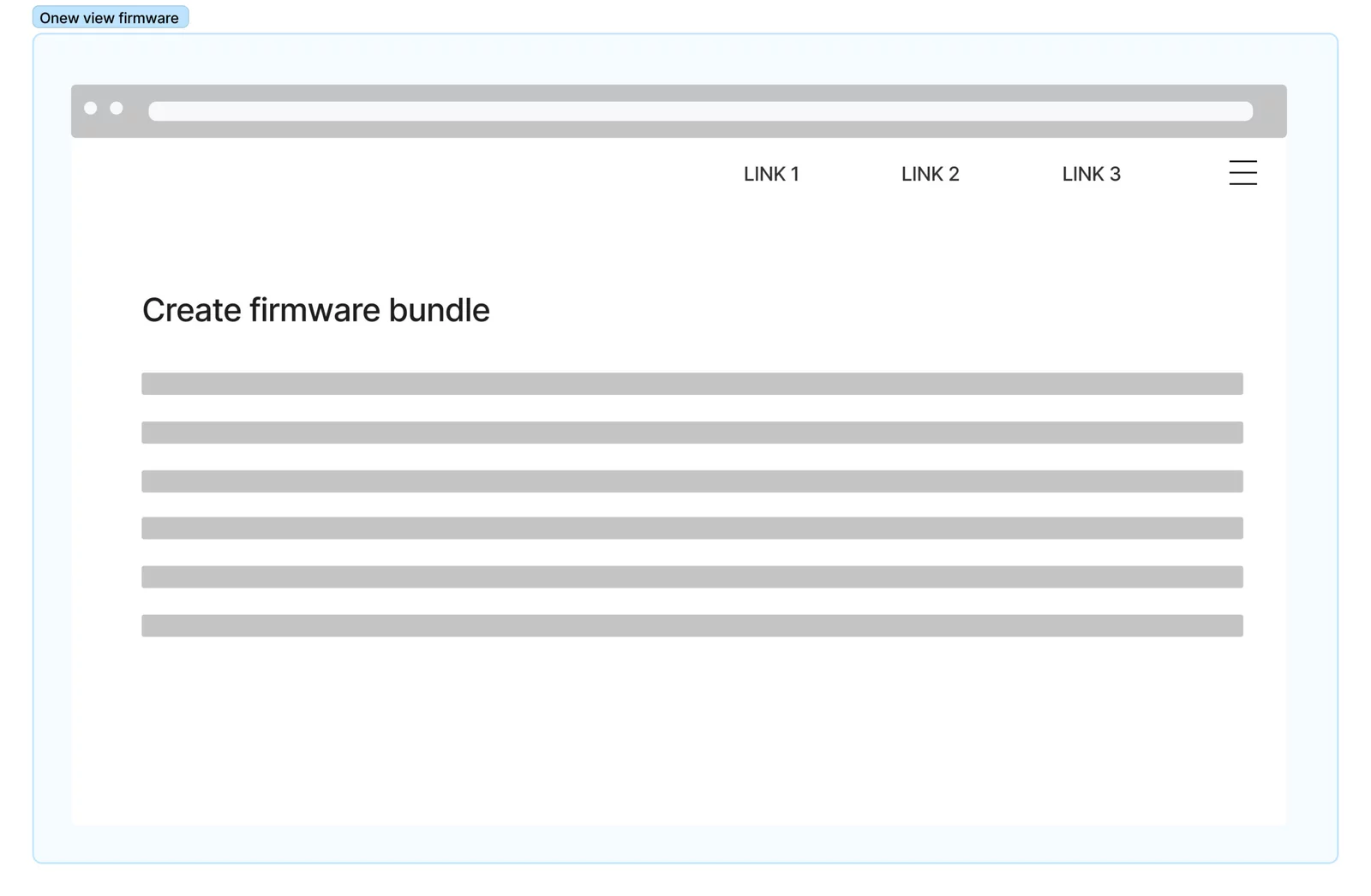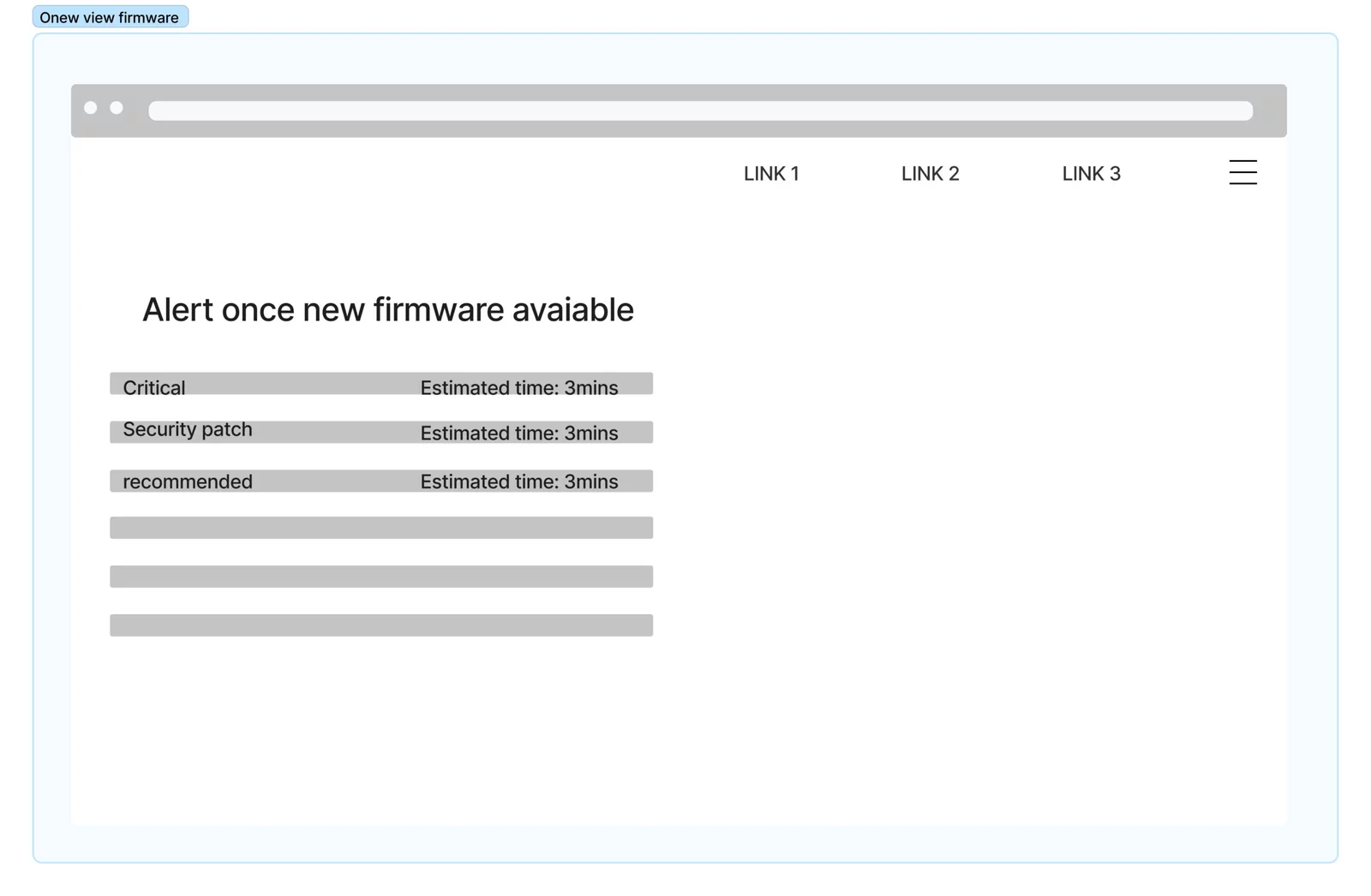
HPE OneView Firmware update
Impact
Improved confidence in firmware updates → Increased adoption and smoother IT operations.
Goal
Design a seamless, reliable, and low-friction firmware update experience that IT admins could trust and complete without hesitation.`
The Problem
Updating firmware in HPE OneView was a tedious and error-prone process.
IT admins lacked confidence in whether updates would complete successfully.
Downtime was unpredictable, often exceeding allowed maintenance windows.
Limited visibility into package size and available appliance space made updates risky.
As a result, many admins avoided updates altogether, leading to outdated systems and degraded performance.
My Role
- UX Designer
- Research
- Interviews
- Wireframing
- Task Flow
- Design
My Role
- Stakeholder & user interviews
- Persona refinement
- User journey mapping
- “How Might We” ideation & workshops
- Task flows & wireframes
- Final design
What is OneView
HPE OneView lets businesses simplify and automate today’s complex hybrid IT infrastructure. Through software-defined intelligence, HPE OneView takes a template-driven approach to deploying, provisioning, updating, and integrating compute, storage, and networking infrastructure. Designed with a modern, standards-based API, HPE OneView also helps users develop applications faster through integrations with a broad ecosystem of third-party management services and tools.
The Process

Research & Insights
I conducted stakeholder sessions and admin interviews to uncover pain points.
Key findings:
“No assurance the appliance won’t crash after an update.”
“We don’t know how long updates will take—it often exceeds downtime.”
“We can’t see package size or space requirements upfront.”
Admins constantly had to monitor for new critical updates manually.
These insights shaped the foundation for design opportunities.
Persona & Journey Mapping
Since the existing personas didn’t cover my use case, I refined them to reflect IT admins focused on maintenance tasks.
I then created a journey map highlighting frustration points during each stage of the firmware update.

User Journey Map
After we came up with the persona, the next task I did was to create a user journey map for this particular use for this particular role

User Interivew
we collected a few end user feedback which we received during our interviews prior to my joining. Following were a few points.
- No assurance that the appliance will not crash after the firmware bundle
- we don’t know the time taken to do the update upfront. some time it will go beyond the downtime allowed.
- will not give the space needed in the appliance
Other key feedback recieved from the IT admin who is responsible for doing the firmware bndle.
- alwasy need to be alert and keep checking for any new critical update available in any hardware
- many times we will not know the package size
Design thinking workshop
Once after identifying the problems my task is to find as many possible solutions as possible. and validate the solutions by doing user testing and then take the best design for further design and development.
we got many different directions.
- make it gamification so that everyone can complete the firmware update in time.
- give points to each firmware update.
- user rating and reviews for each firmware bundle so that the one that is going to update will get confidence about the bundle
- and get the space needed for the bundle and available space in the appliance upfront prior to the update.


Design Opportunities (“How Might We”)
How might we build trust in the firmware update process?
How might we provide clarity upfront (time, space, risks)?
How might we make updates automatic and less reliant on user vigilance?
Ideation & Concept Exploration
During design thinking workshops, we explored different directions:
Gamification: Reward completion of updates (points, ratings, confidence indicators).
Transparency: Show required space, bundle size, estimated update time.
Community trust: Ratings/reviews per firmware bundle to build confidence.
Automation: Reduce manual steps and checks for admins.
Task Flow & Wireframing
I created task flows and wireframes to validate solutions with users quickly.
Testing showed admins responded positively to:
Clear pre-update information (time, space, impact).
Simplified flows with fewer manual interventions.
Confidence indicators that improved trust in completing updates.
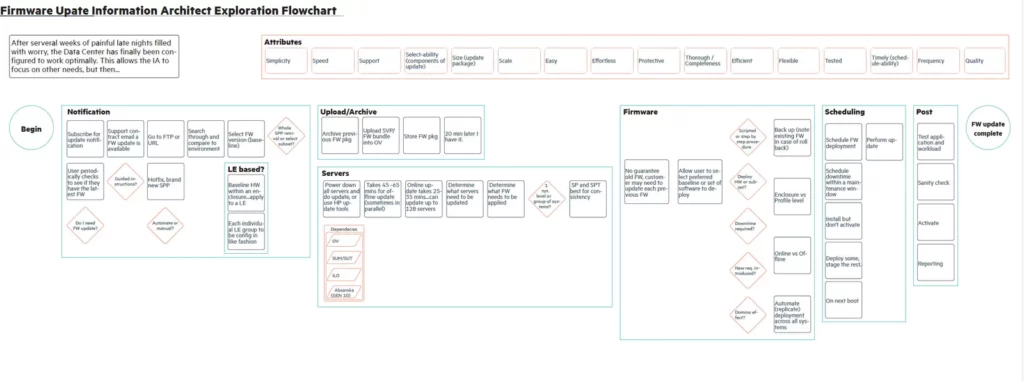
Final Designs
The final design incorporated:
Pre-update summary screen with estimated time, required space, and risks.
Automatic detection of critical updates.
Confidence-building UI: ratings, reviews, and progress indicators.
Simplified one-click update flow.
Result: Increased trust and adoption of firmware updates, reducing risk of outdated systems and downtime.
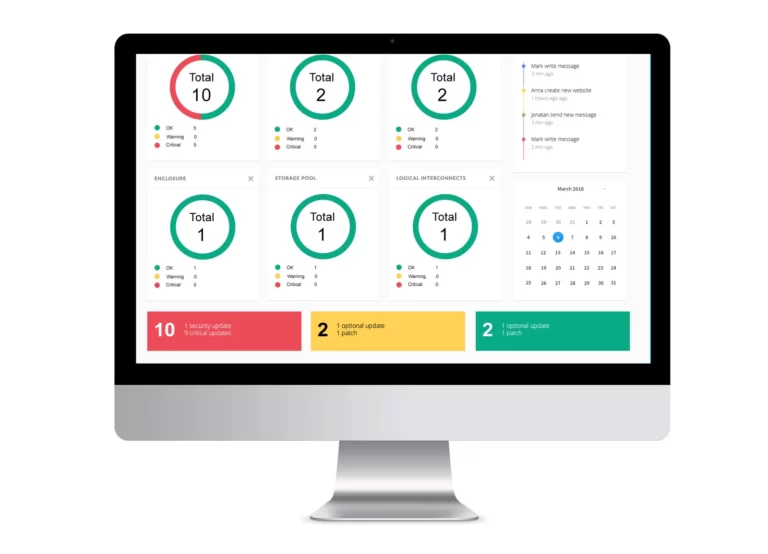
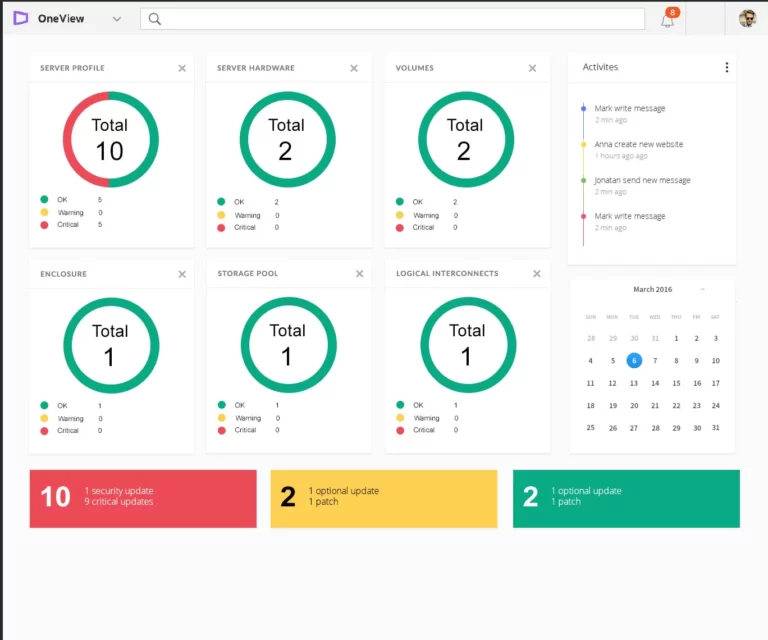
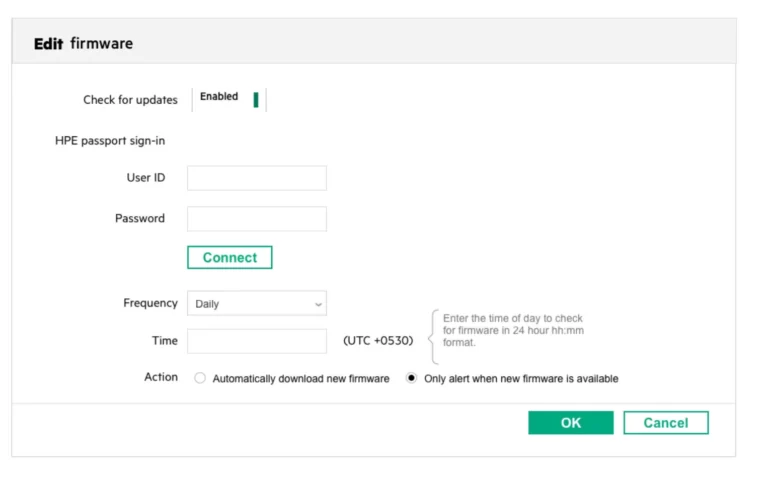
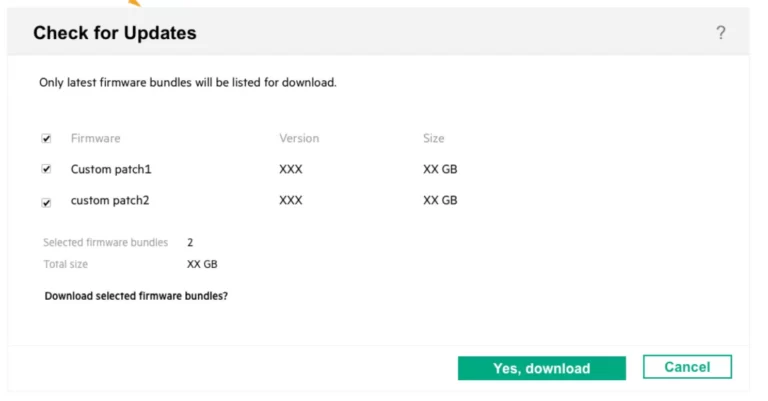
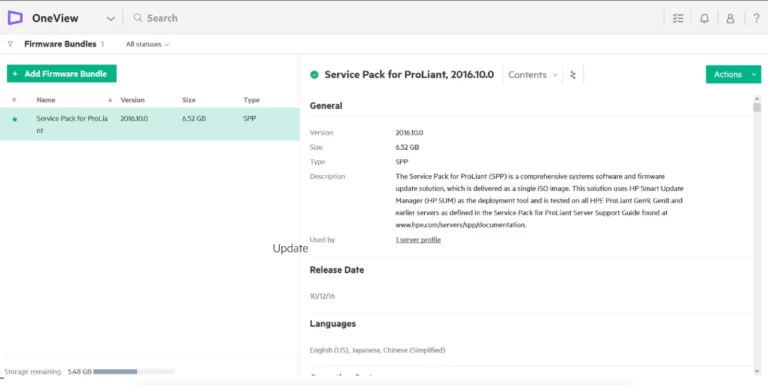
Additional Recommendation
